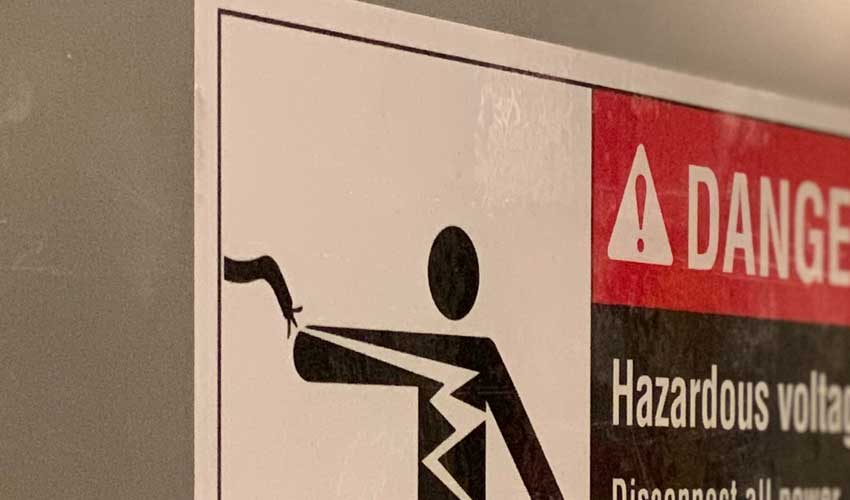Homebuilding Costs – Avoid Electrical Shock

Do you want to control your homebuilding costs? Do you have electrical plans for your new house? Many stock plans show some electrical information, i.e. the location of switches, light fixtures and electrical outlets. Chances are this layout will not meet your needs, if you have a plan at all. One of the primary sources of homebuilding cost overruns is in the electrical work. If you do not have a well defined, complete plan that shows every switch, which lights each one controls, every electrical outlet, every telephone jack and every television jack, you will not have a guarantee that the contractor is planning on providing what you want in his contract price. I’ve seen people add numerous additional devices only to be shocked when the electrician tallies up the final total and presents the customers with a bill for the extras. Even if the cost is only $30 or $40 per device, they can add up fast and you’ll find yourself with thousands of dollars of homebuilding costs you never anticipated.
Many electricians base their price on the number of junction boxes they install. Each switch, each electrical outlet and each light fixture counts as one box. So if you add an overhead light and a wall switch, this counts as two boxes. Usually, the location of the boxes does not matter. It is the number of boxes that is critical to your homebuilding costs.
The preventive medicine to avoid this cost calamity is to have a good, well though through electrical plan drawn up prior to the builder preparing his price. Your architect or residential designer can help you with this. They can show you what you need and help you avoid “over-lighting” your house. Over-lighting is a real peril and can really add homebuilding costs quickly. Many times I see people put a light above the vanity in a powder room and also include a ceiling light. In real life, the light above the mirror will light the small powder room quite sufficiently. The ceiling light will never be used. Be sure every light is essential before you toss it in to the plan. These things add up. If you really want to control your homebuilding costs, you need to place lights with care.
Also, try to avoid over-controlling the lights. It’s easy to start adding switches to control every light from every entry point to a room. Try to be prudent about this. You will want to provide what is called a lighted “path of travel.” This is a path that takes you through the house with switches along the way so you can turn on the light ahead of you and turn it off after you have passed. A simple example is a hallway with a switch at each end that operates the hall light. Rooms like dining rooms that have two entry points should have one of the light in the room operated from both entry points. These are called three-way switches in the construction world. But the other lights in the dining room do not have to have three way switches. Only place those switches near the primary entry point. If you come into the room from the other direction, you will have to walk across the room if you want to turn on the other lights, but you will save a lot of construction money by using this switching strategy in every room and you also won’t end up with a bunch of unsightly switches all across your walls.
Control your lighting impulses and prepare a good lighting plan and you will gain control over your homebuilding costs.
I hope this information is helpful to you. You might want to get yourself a copy of my best-seller, Designing Your Perfect House. It is chockfull of valuable tips and advice that will save you many times the cost of the book on your house building or remodeling project. You might also like The Well-Centered Home: Simple Steps to Increase Mindfulness, Self-Awareness, and Happiness Where You Live. It will show you how to make your home a happy place.


[…] Vote Homebuilding Costs – Avoid Electrical Shock … […]